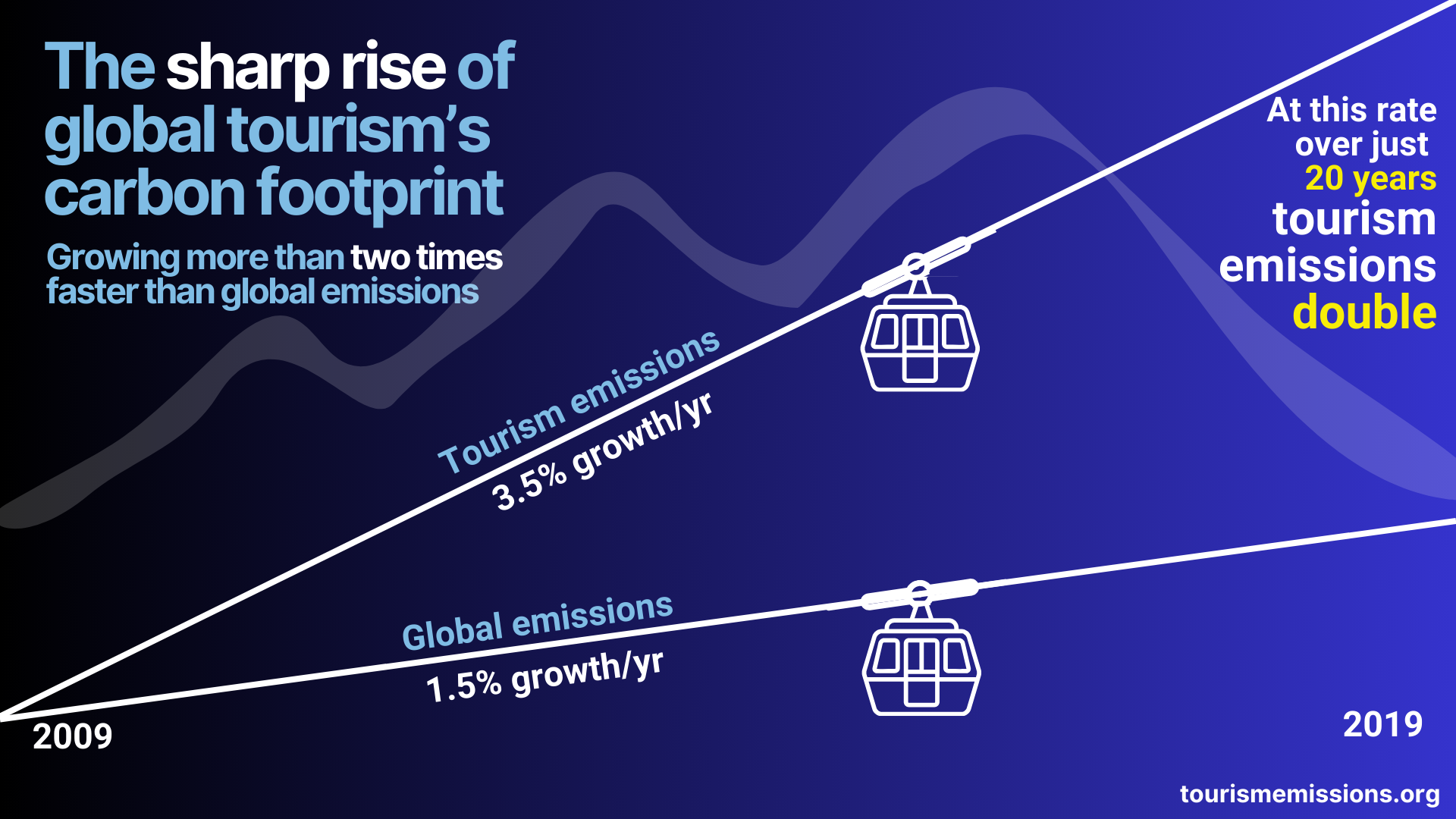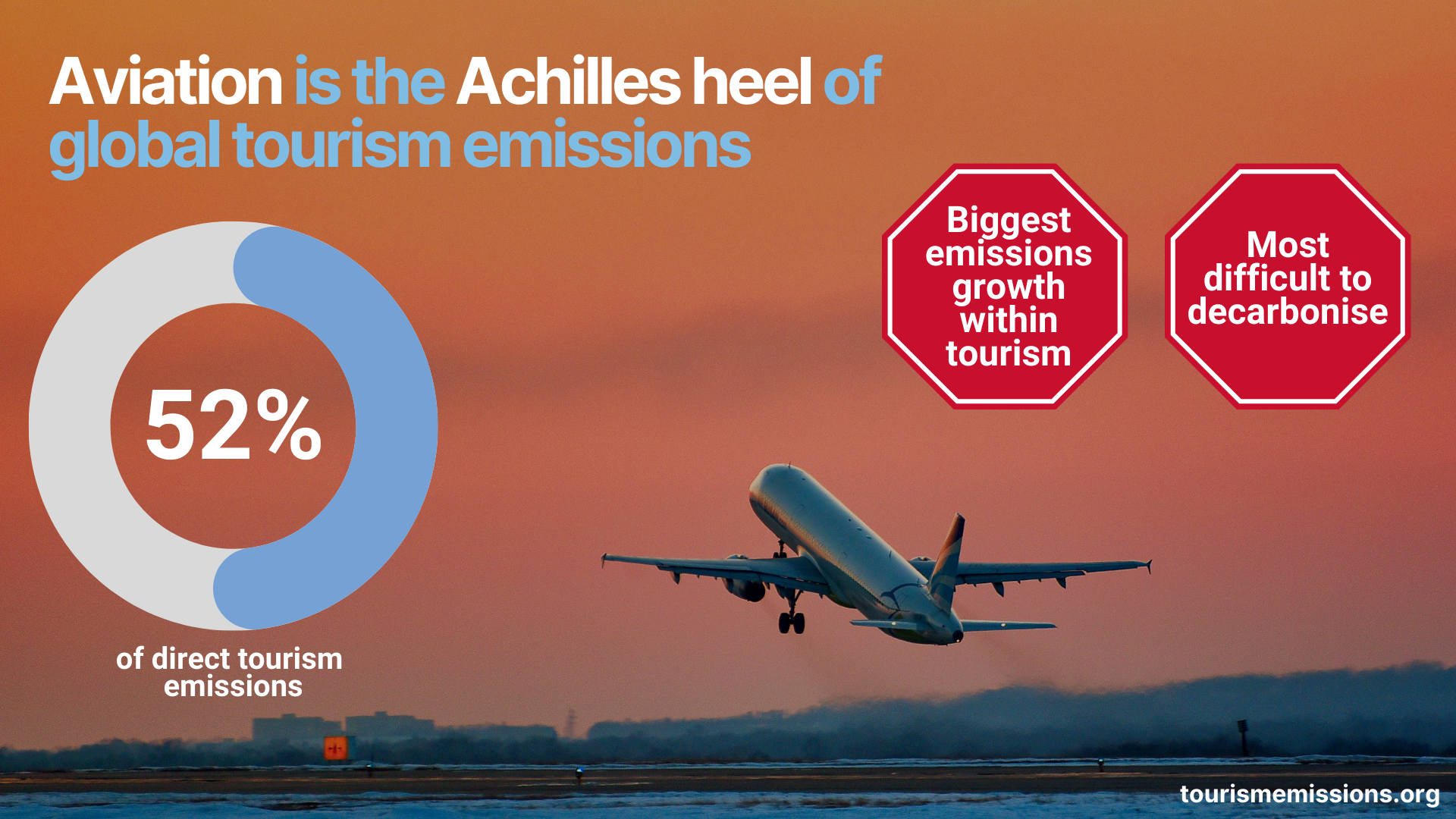A University of Queensland-led study shows greenhouse gas emissions from tourism have been growing more than 2 times faster than those from the rest of the global economy.
Associate Professor Ya-Yen Sun from UQ’s Business School said rapid expansion in travel demand has meant carbon from tourism activities accounts for 9% of the world’s total emissions.
“Without urgent interventions in the global tourism industry, we anticipate annual increases in emissions of 3 to 4% meaning they will double every 20 years,” Dr Sun said.
“This does not comply with the Paris Agreement which requires the sector to reduce its emissions by more than 10% annually.
“The major drivers behind the increasing emissions are slow technology improvements and a rapid growth in demand.”

The study involved researchers from UQ, Griffith University, the University of Sydney and Linnaeus University (Sweden), and tracked international and domestic travel for 175 countries.
It found tourism’s global carbon footprint increased from 3.7 gigatonnes (Gt) to 5.2 Gt between 2009 and 2019. The most net emissions were reported in aviation, utilities and private vehicle use for travel.
The emissions growth rate for tourism was 3.5% per annum during the decade while global emissions increased by 1.5% per annum from 50.9 Gt to 59.1 Gt.
The United States, China, and India dominated the list and were responsible for 60% of the total increase in tourism emissions across the study period.
Australia ranked in the top 20 countries that together contributed three quarters of the total tourism carbon footprint in 2019.
“The biggest carbon challenge in tourism is air travel,” Dr Sun said.
“Reducing long-haul flights is one of the recommendations we’ve put forward to help the industry lower its emissions, along with targeted measures such as carbon dioxide taxes, carbon budgets, and alternative fuel obligations.
“Cutting back on marketing long-haul travel and identifying a national growth threshold would also help rein in the rapid expansion of emissions.
“At a local level, tourism operators could look to renewable electricity for accommodation, food and recreational activities and switch to electric vehicles for transport.
“In Australia, if businesses select an electricity plan based on renewables rather than coal, they’ll be reducing their emissions.”
Dr Sun has presented the research findings at a session on Enhanced Climate Action in Tourism the UN Climate Change Conference (COP29) in Azerbaijan.
Research collaborators include Dr Futu Faturay, Professor Manfred Lenzen, Professor Stefan Gössling and Professor James Higham.
The research is published in Nature Communications.









